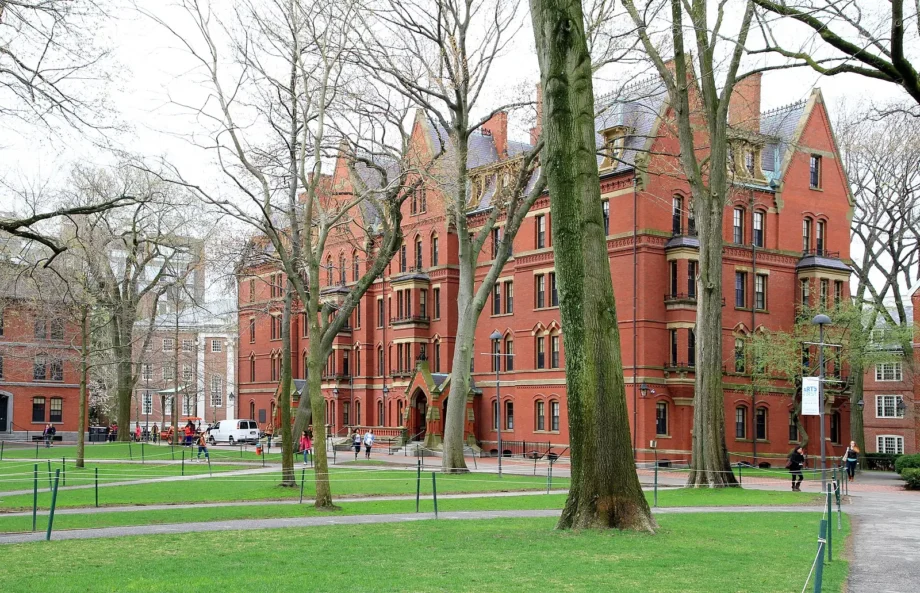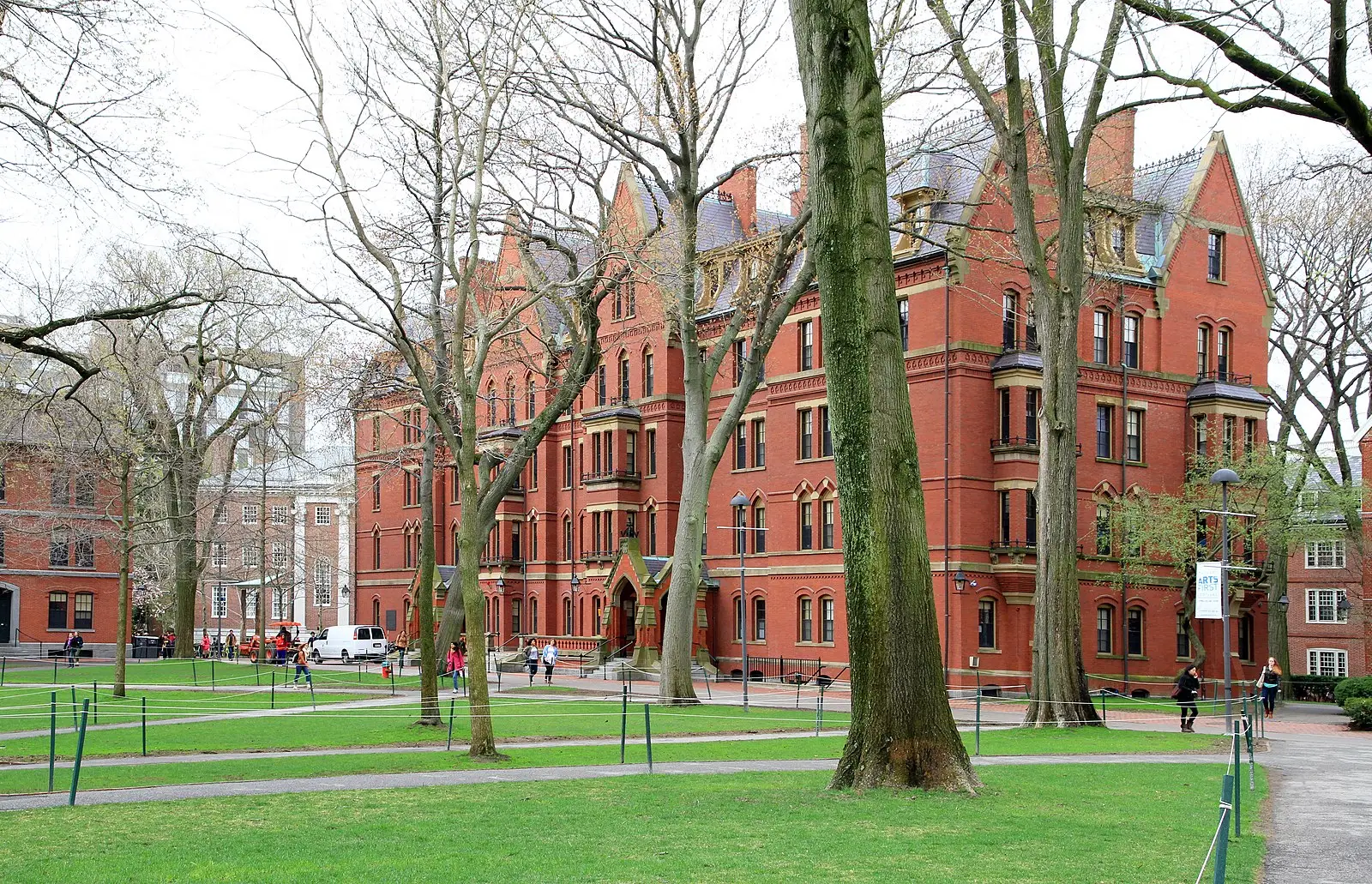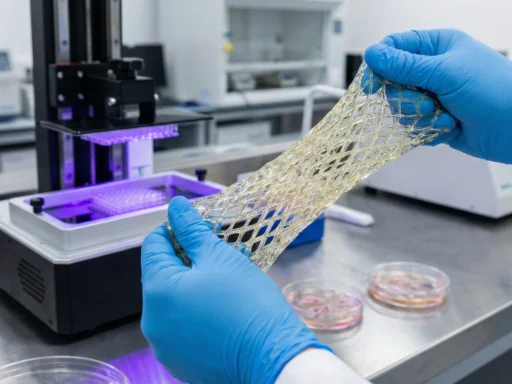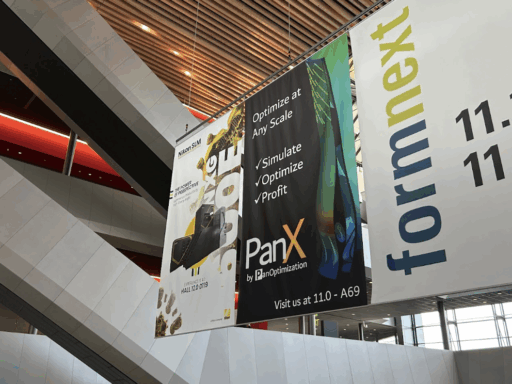Engineers at the Harvard John A. Paulson School of Engineering and Applied Sciences (SEAS) have invented a new group of soft robots – a system called link-bots – demonstrating collective motion and task coordination without any sensing, computation, or control systems.
Detailed in a new study in Science Advances, the system was co-led by L Mahadevan, the Lola England de Valpine professor of applied mathematics, physics, and organismic and evolutionary biology at SEAS, in collaboration with professor Ho-Young Kim of Seoul National University.
The robots are constructed from centimeter-scale, 3D printed particles combined into V-shaped chains by notched links. When placed on a uniformly vibrating surface, their tilted legs enable them to move. Through physical connections alone, these link-bots exhibit complex group behaviors such as directional movement, object transport, and navigation through obstacles.
“From a physical and computational perspective, the interactions between link-bots are really simple, even though they display what look like very complex behaviors,” said Mahadevan. “With a large number of these agents, you get a range of emergent behaviors.”
Unlike traditional swarm robots that rely on sensors or algorithms, link-bots demonstrate emergent collective behavior purely through structural design. By changing the configuration of links, researchers showed that the bots were able to stop, turn, squeeze through gaps, or coordinate to carry objects.
To further explore these behaviors, Kimberly Bowal, a postdoctoral fellow at SEAS, created a computational model simulating how changes in link geometry and particle count affect movement. “It has been exciting to show that physical linking constraints alone can drive programmable, environment-responsive collective behaviors,” said Bowal.
Mahadevan suggests this approach offers insights into both robotics and biological systems. “It’s this self-organization and emergence that’s so powerful, and likely relevant to how evolution works in biology,” he said.






